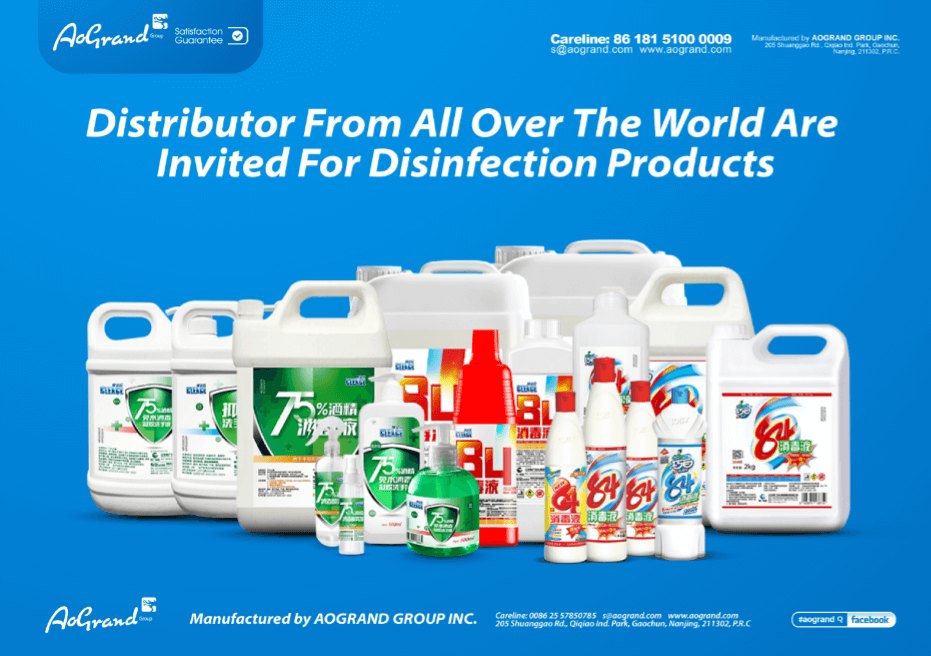Do you really know how to use disinfection products? !!
During the epidemic, what's hottest? Except for masks, that's the disinfection product!
But do you really know how to use disinfection products? !!
Come take a look at these 10 common mistake.
See if it rings a bell.
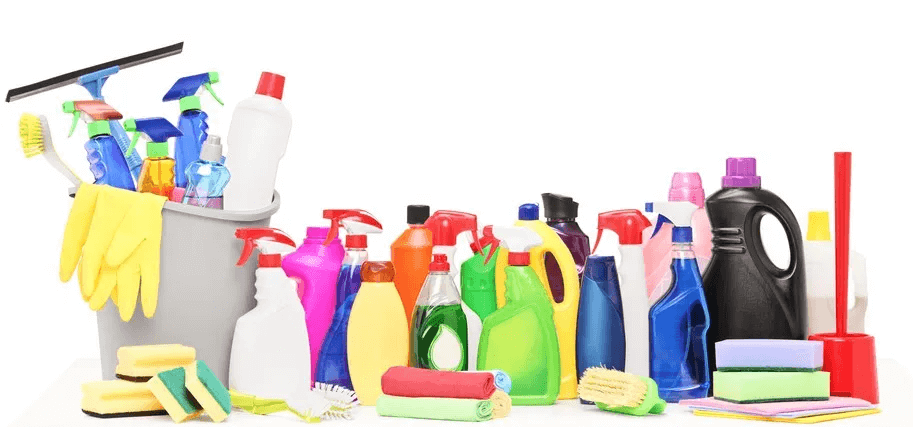
Mistake 1: To spray to disinfect large area with ethyl alcohol
1. Alcohol is very flammable. If a large area of spray is encountered, it may cause a fire and cause fire!
2. Unreasonable alcohol concentration can not achieve the effect of killing bacteria and viruses. Currently the only official certification, only 75% alcohol can effectively inactivate the virus!
The right way:
——Dip 75% alcohol with a cotton ball or rag for disinfection of household items and hand disinfection.
——In case of alcohol fire, you can use wet rag or professional fire blanket to extinguish, never use water.
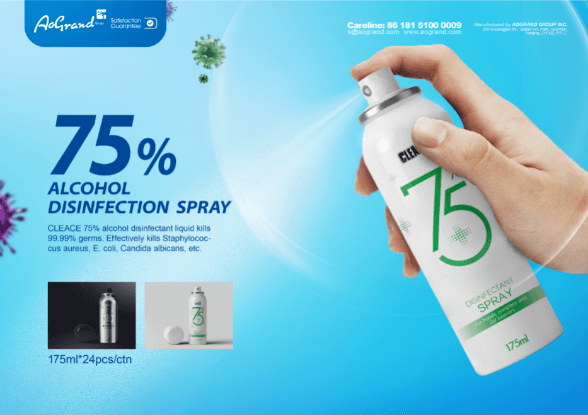
Mistake 2: Use industrial alcohol for disinfection
The main component of industrial alcohol is ethanol, which has a disinfecting effect, but because of the different uses of industrial alcohol, the methanol produced in the production process is usually not processed. Methanol is highly toxic to the human body. It can be very dangerous if it is misused for hand disinfection.
Correct way:
When buying alcohol disinfection products, focus on whether the manufacturer has CE or FDA certification. Do not use industrial alcohol instead of medical alcohol for disinfection!
Mistake 3: Mixing bleach with toilet cleaner
Bleach and toilet cleaner are two cleaning products in the home, but they should never be used together!
Bleach and other chlorine-containing disinfectants are "hypochlorite", and the main active ingredient of toilet cleaner is "hydrochloric acid". Mixing the two will generate "chlorine gas". Chlorine is a toxic gas that can cause irritation to the eyes and respiratory tract and can cause immediate suffocation when inhaled in large quantities.
Correct way:
If you want to use the toilet cleaner and Bleach, you should use the toilet cleaner and rinse with water at least 30 minutes before using Bleach. For safety, ventilate after using sodium hypochlorite.
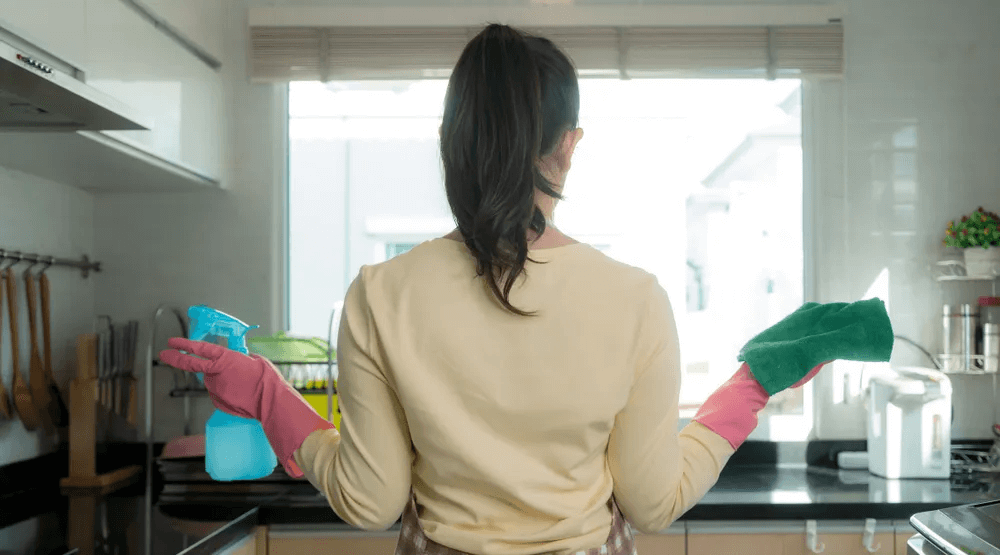
Mistake 4: Directly prepare disinfecting solutions without protective equipment or use high-concentration disinfection products.
Disinfectants such as hypochlorite and p-chloro-xylenol are usually sold as concentrated liquids and need to be diluted before use.
Take sodium hypochlorite as an example, it has strong oxidizing properties, and can cause corrosiveness to the skin at high concentrations, which may cause burns. In addition, high-concentration disinfectants are usually volatile and irritating to the eyes. It is easy to cause injury due to splashing during configuration.
Correct method: When diluting, you should wear rubber or nitrile medical gloves or kitchen gloves, and use protective equipment such as goggles (protective screen) and waterproof apron as needed. If you accidentally splash your skin or eyes, rinse immediately with plenty of running water.
Mistake 5: Making a high concentration of disinfectant
To achieve the desired disinfection effect of any disinfection product, it must be operated according to the required ratio. Too high and too low are ineffective and may even cause harm.
For example, too high concentration of sodium hypochlorite disinfectant may cause corrosion on the skin and metal surfaces.
Correct way:
For chlorine-containing disinfectants, such as sodium hypochlorite bleach, the effective chlorine concentration only needs to be 500 mg / L (for 5% sodium hypochlorite, 1 part of bleach and 99 parts of water are sufficient).
In addition, after wiping the item with a chlorine-containing disinfectant, it is generally recommended to wash it again with water after 30 minutes of action.
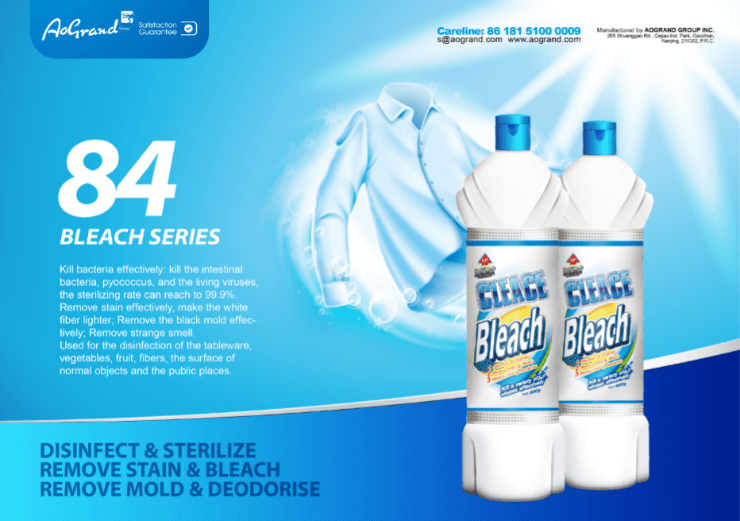
Mistake 6: Use object disinfectants on people or disinfect hands
Disinfectants are generally divided into surface disinfectants and hand disinfectants.
Correct way:
Simply determine whether it can be used on the skin. You can find on the product packaging whether there is a label "skin disinfectant".
Mistake 7: using disinfectants on food
The use of ordinary disinfectants on food is prohibited.
Although some disinfectants evaporate quickly, others can remain. If it is eaten into the stomach, it may cause esophageal corrosion or poisoning, which can be self-defeating.
Correct way:
Wash with running tap water or fruit and vegetable cleaners. For meat, fish and eggs, cook them before eating.
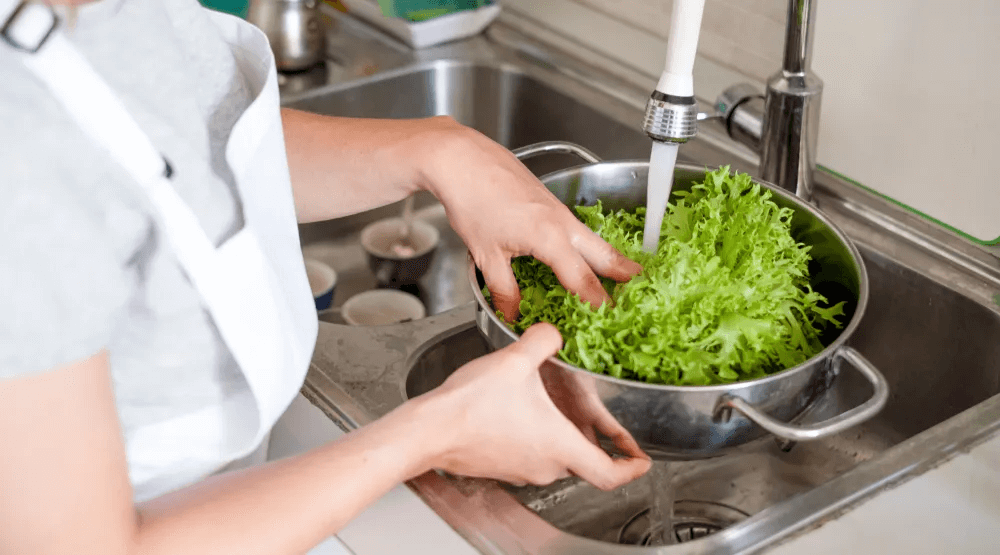
Mistake 8: Densely stacked or exposed disinfectants
During the epidemic, many people hoarded a large number of disinfectants, and improper storage mainly caused three hazards:
➊ It is easy to cause direct hazards, such as alcohol. If there is no closed storage, it is easy to cause a fire if it hits an ignition star; and high concentration of hydrogen peroxide and peroxyacetic acid will easily decompose oxygen to cause explosion.
➋ Improper storage of disinfectants will not work. For example, 84 disinfectant, if it is left open or the shelf life has expired, the active ingredients may have been decomposed and cannot be disinfected.
➌ Last and foremost is the risk of accidental ingestion. Do not store in beverage bottles.
Correct way:
Bleaching agent: Need to be used immediately; buy a new disinfectant produced recently.
Alcohol: Store in a closed container after each use; store alcohol out of the reach of children.
All cleaners should be stored in special containers.
Disinfection knowledge finishing:
1. Alcohol is only used for hand disinfection and disinfection of small objects. It cannot be sprayed on a large area, and 75% alcohol disinfectant can inactivate 99.99% of bacteria, and the concentration is too high or too low.
2. Industrial alcohol contains methanol, is toxic and cannot be used for human body and daily disinfection.
3. Do not use bleach and toilet cleaner at the same time, it should be 30 minutes apart.
4. Bleaching agent should be mixed with appropriate concentration according to the instructions.
5. Disinfectants need to be placed out of the reach of children, and can not be stored in ordinary beverage bottles.
